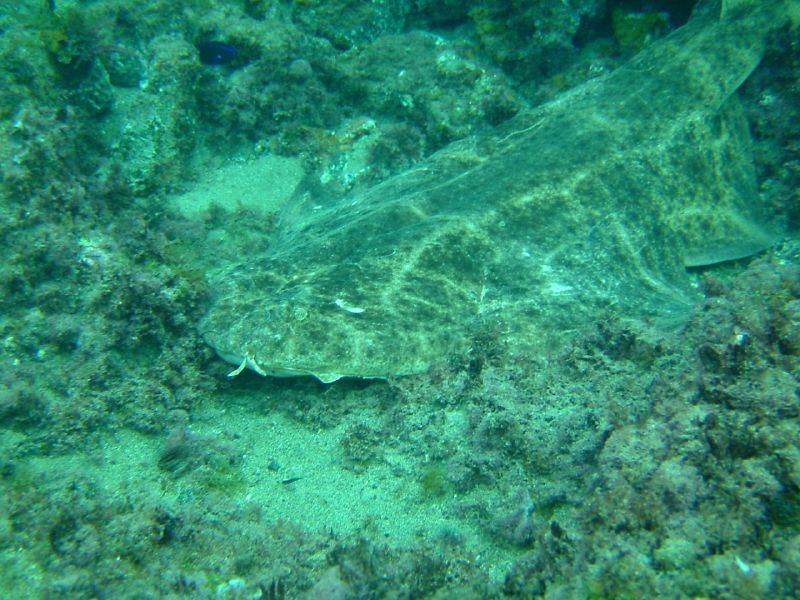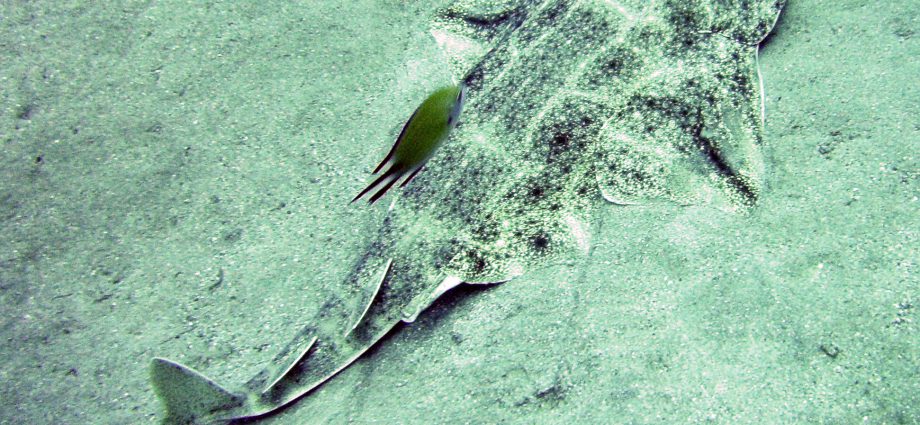THESSALONIKI (Greece)- The southern Aegean Sea, around the Greek Cyclades and Dodecanese Islands, is potentially a very important area for three species of angel shark species, the Sawback Angelshark (Squatina aculeata), Smoothback Angelshark (S. oculata), and Angelshark (S. squatina).
Researchers of iSea have recently discovered several records of angel sharks in Cyclades and Dodecanese Islands and conclude that this part of the Mediterranean is a hotspot for Angel Sharks.
All three species found around these Greek island are classified as Critically Endangered in the International Union for Conservation of Nature (IUCN) Red List of Threatened Species due to past population reductions and several local extinctions.
Angel Shark Conservation
Together with Shark Trust, with the support of the Angel Shark Project, and funded by the Shark Conservation Fund, iSea works on the project “Strengthening Angel Shark Conservation in the Southern Aegean Sea”. This project aims at improving and strengthening the conservation of angel sharks in Greece, and advancing elasmobranch conservation in the country.
Critical Angel Shark Areas
Through this project further research will be conducted to support future conservation actions and policies. The researchers will identify potential Critical Angel Shark Areas, based on the habitats in which angel sharks were sighted, and prioritize conservation activities at key areas that lack sufficiently protection.

They will also organize capacity building workshops on angel shark identification, good practices, and data collection, targeted towards competent authorities and local stakeholders, work on translation and distribution of angel shark handling guides and identification plates, and organize meetings with the competent Ministry and all relevant national authorities for discussing the adoption of the existing protection action plans MedRAP (Mediterranean Angel Sharks: Regional Action Plan) and the SubRAP 22/23 (SubRegional Action Plan for the regions of Aegean and Crete).
Read more at iSea.

